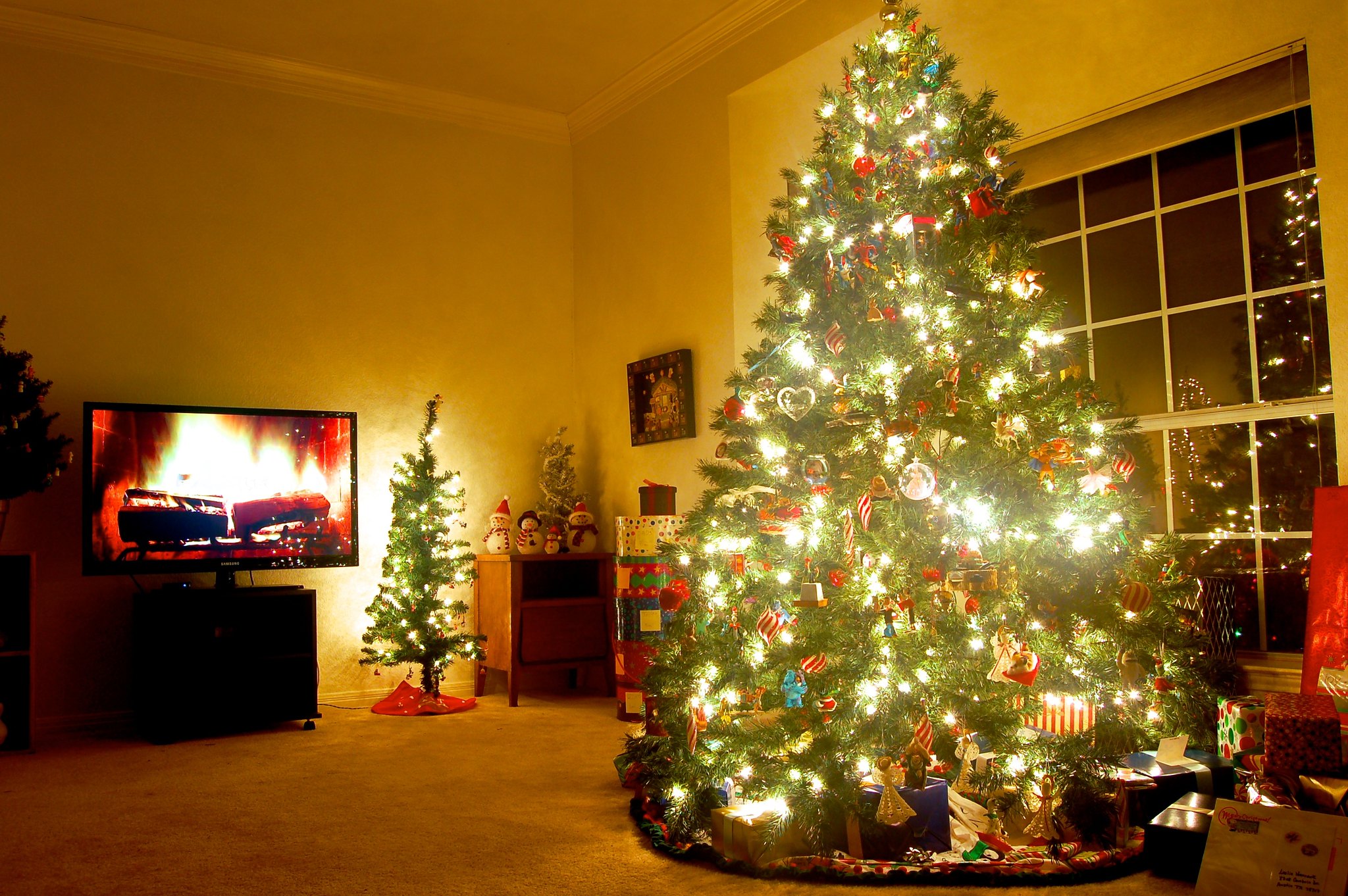Read the full article in the Tiqvah Magazine, Volume 1, Issue 4 (Oct – Dec 2023). Click this link to view
Introduction
So where do the traditions of the Christmas season come from? Today, many people in the Mar Thoma parishes participate in a variety of cultural Christmas activities. In Kerala, some practices adopted from Europe and other Western countries are quiet new, gaining popularity near the end of the 20th century. Of course, the Kerala Christians had their own variations of Christmas celebrations. The ancient St. Thomas Christians of Kerala may have commemorated the Feast of Nativity according to the liturgical calendar of the early Church. But this would be a solemn feast day with a breaking of the fast, unlike the celebrations of modern day. Many people, even in Europe and America, only had local traditions that varied from place to place. It was only by the 19th and 20th centuries that modern form of Christmas began to take shape. In addition, the mass exchange of ideas in the 20th century and the commercialization of Christmas brought about most of the popular traditions now commonly found around the world.
Today, it is not just Christians who celebrate Christmas, but December itself is a festive time. The decorations, songs, and giving of gifts all originate from a human cultural desire. In pluralistic and secular societies, Christmastime is just another holiday, especially having a commercial purpose. For Christians, however, it is the celebration of the Incarnation of the Son of God, the Second Person of the Trinity. It is the mystery of God becoming human. Mar Athanasius, the 4th century Bishop of Alexandria and theologian, wrote of this mystery as “God became man that man might become god.” That is to say that through Jesus Christ, all humanity has the opportunity, through faith in the Lord Jesus and His Saving Work, to be joined with God; not to become God but to be like God, and reach the full and intended potential of God’s original plan for humankind.
Santa Claus, or Christmas Father
It is said that Clement Clarke Moore’s 1823 poem, A Visit from St. Nicholas brought the widely known image of Santa Claus as a jolly gift-giving fellow to the modern audience. But is Santa Claus just a mythical figure invented in the 19th century, or is there something more to it? The Santa that we see, wearing red, sporting a bushy long beard, and bearing gifts for children, has similarities with a 4th bishop from Turkey. St. Nicholas of Myra (modern-day Demre, Türkiye) was born to a wealthy family in 270 A.D. It is said that he distributed his inheritance to the poor. He was ordained a bishop and his name is found on the list of attendees to the First Council of Nicaea, where a legend claims that he slapped the heretic Arius, leading to his censure by Emperor Constantine. He died in 343 A.D. and his Feast Day is commemorated in many Churches on December 6.
The Dutch Feast of Sinterklaas depicts St. Nicholas in red ecclesiastical robes and mitre (that of a bishop) with a flowing beard. His helper gives out gifts of candy to children. In Kerala, the Christmas Appuppan (‘grandfather’) is a staple on carol rounds, where the trademark is speaking gibberish because he is a foreigner. He always needs a translator into Malayalam. Sometime he has a helper holding a bag of candy to distribute to the children. Holding a cane, a peculiar mask with a shrunken looking face, and a belly often stuffed with a pillow, he dances as the carol team sings at each house. The origins of the are Christmas Appuppan not certain but it may be a possibility that it has origins in the Sinterklaas tradition of the Netherlands. The Malabar coast of Kerala was under Dutch control from about the 1650s to late 1700s. They had a tolerant religious policy and may have helped the St. Thomas Christians against the pressure of the Roman Catholic Church.

Featured Image Credit: JD Hancock / End-image: Reinhold Möller
